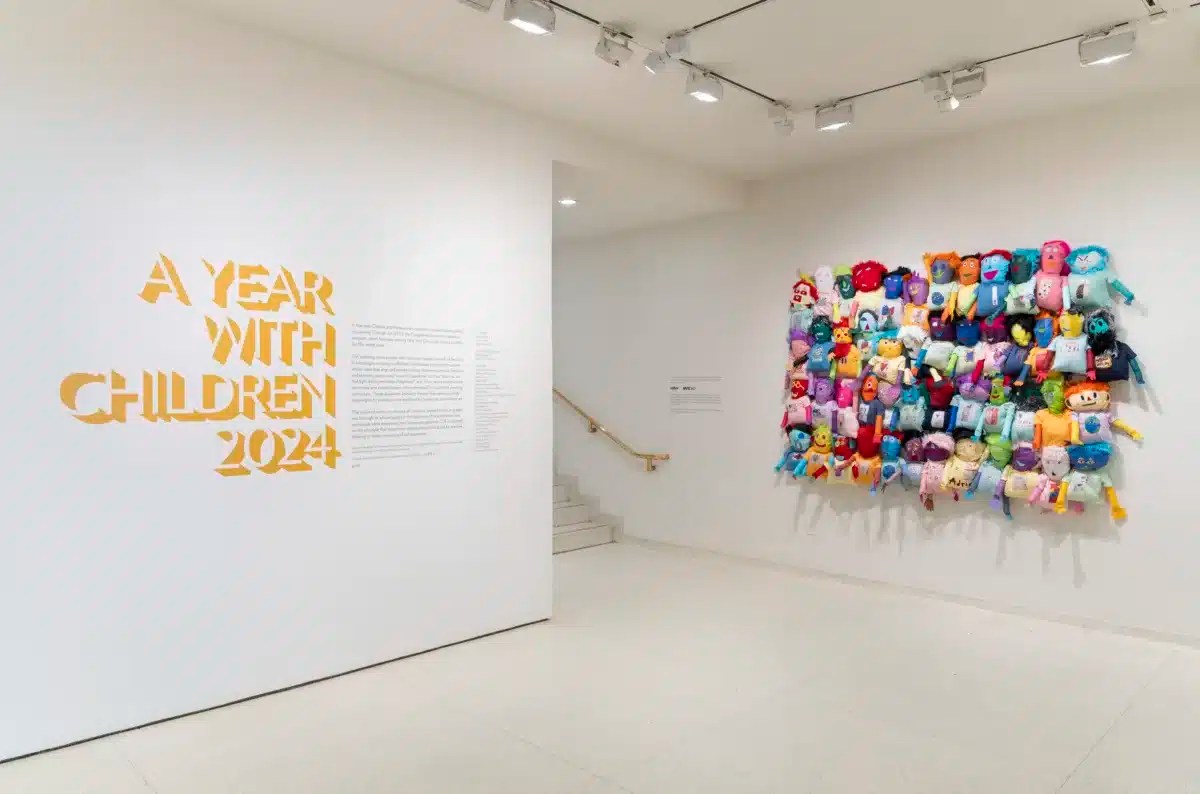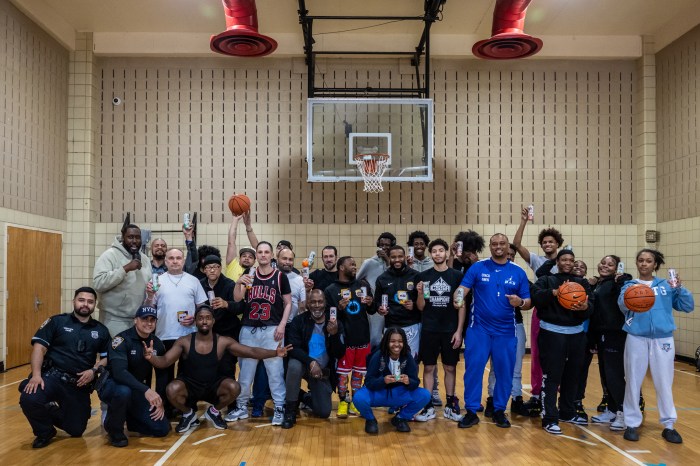On April 1, 1969, a 25-year-old Jimmy Page and his band, recently re-christened Led Zeppelin, took the floor — there was no stage — at Klooks Kleek, a jazz club above a hotel in northwest London.
Exactly 50 years later, Page, universally regarded as one of the greatest guitarists of all time, stood in the European Sculpture Garden at the Metropolitan Museum of Art and helped introduce the museum’s newest exhibit, “Play It Loud: Instruments of Rock & Roll.”
“This day is something that I would never have dreamed of in my life,” Page told the standing-room crowd. “You’re talking about somebody who got the guitar right when he was about 11 or 12 years old, I’d take my guitar to the school, had it confiscated and given back at the end of the day. So that’s the sort of respect you had for guitars.”
He paused, then added with utter sincerity, “I’d love for [those teachers] to reflect on this day at the Met.”

The sense of validation, of having finally “made it,” that comes from seeing rock and roll instruments — some polished and pristine, others battered and (occasionally, literally) broken — displayed in the same way as prehistoric amphorae in the next room was not lost on Met officials.
Exhibit curator Jayson Dobney told amNewYork that while no one today would question the influence of rock and roll, museums still tend to focus on “rock fashion, rock and roll poster and album cover art, fine art inspired by rock and roll and … single figures or bands.”
“I wanted to present an exhibition dedicated to the most important objects — and in many ways the most personal,” Dobney said.
The result is impressive, beginning with Chuck Berry’s maple and rosewood Gibson, on which he recorded “Johnny B. Goode.” The guitar sits on a pedestal, beckoning visitors “like the Holy Grail,” as Page put it.
After Berry, the exhibit proceeds through the early years of the genre, with Muddy Waters’ Fender Telecaster that he played from 1958 until his death in 1983; Bo Diddley’s rectangular red “Twang Machine” that he helped design; and Buddy Holly’s Gibson acoustic, complete with a hand-tooled leather cover he likely made himself.
Next come the so-called Guitar Gods, although that appellation could honestly be applied to everyone in this exhibit. There is Stevie Ray Vaughan’s Fender Stratocaster that he played throughout his career, Joan Jett’s Melody Maker used to record “I Love Rock ‘n’ Roll,” Jimi Hendrix’s Gibson Flying V used to record “All Along the Watchtower,” and the Fender Telecaster that Eric Clapton gave Keith Richards for his 27th birthday, later used on the Rolling Stones’ seminal album “Exile on Main St.” Prince’s golden "Love Symbol" guitar is also on display.
It’s not just guitars, however. There are pianos, a gold-painted one owned by Jerry Lee Lewis and an acrylic-encased purple one played by Lady Gaga; drum kits from Keith Moon, Lars Ulrich and Ringo Starr; and basses, from Sonic Youth’s Kim Gordon, Tina Weymouth of Talking Heads, and Sheryl Crow. Plus complete setups — drums, guitars, bass — played by the Beatles, Metallica, The Roots and The Who.
Near the end of the exhibit are four actual stage rigs, from amps to pedals to axes, used by Page, Richards, Eddie Van Halen and Tom Morello of Rage Against the Machine. Above each station runs a video of the guitarist discussing their equipment and craft.
Dobney said getting “to talk with, and in many cases borrow directly from, musicians who made this music” was especially exciting for him, as was the potential to reach new audiences not normally drawn to the Met.
Given the exhibit’s likely popularity, visitors should allow plenty of time, particularly since wall labels only highlight manufacturer names, not musicians, meaning some people might innocently stroll past “‘Number One,’ Electric Guitar, Les Paul Standard.”

But they shouldn’t, because reading the accompanying, tinier wall text they will learn that another Holy Grail stands right in front of them: the guitar that Jimmy Page played at some point during every Led Zeppelin performance and recording since that Klook’s Kleek gig 50 years ago.
‘Play It Loud: Instruments of Rock & Roll’ is on view Monday through Oct. 1 at the Metropolitan Museum of Art, 1000 Fifth Ave., metmuseum.org

















